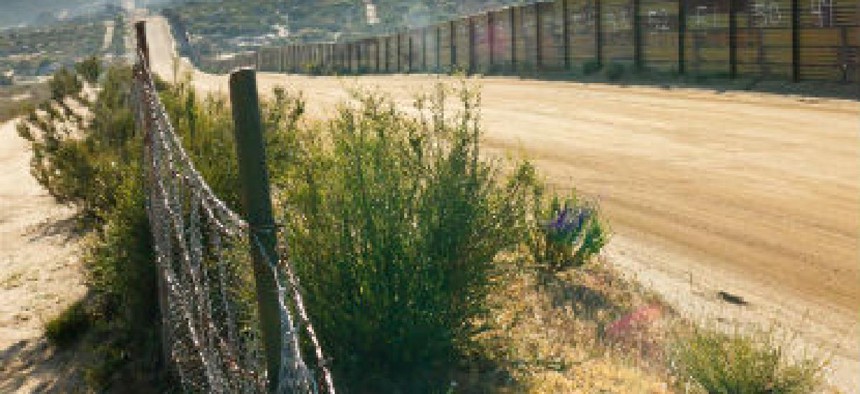CBP working on border tech acquisition processes

The agency is making strides in developing and deploying border technologies but still has some weaknesses.

A Customs and Border Protection official told lawmakers the agency is making progress on border security technologies, but a Government Accountability Office official argued that it needs to keep better track of the myriad systems it is deploying.
CBP is emerging from the long shadow of the massive, failed SBInet border security project. Mark Borkowski, assistant commissioner of CBP's Office of Technology Innovation and Acquisition, told the House Homeland Security Committee's Border and Maritime Security Subcommittee on May 24 that the agency is moving forward with a suite of agile border surveillance solutions, including Integrated Fixed Towers and the Remote Video Surveillance System.
Borkowski said performance on the IFT and RVSS contracts has been relatively good in the past two years. He added that the IFT contract was awarded at a 74 percent cost savings compared to the agency's original estimate, and it has performed well against the implementation schedule. In addition, the RVSS contract "has clicked along" with reduced costs against original estimates, he said.
He acknowledged that CBP often struggles to meet its milestone targets. "We've failed on schedule," he said. "I'm trying to attack that."
However, once the projects are underway, Borkowski said they have been reaping benefits. With the money saved on IFT and other projects that have come in under original cost estimates, the agency has been able to extend implementation of some projects from Arizona to Texas, he added.
Rebecca Gambler, director of homeland security and justice issues at GAO, agreed that CBP has made progress. But she added that the agency must keep better track of some of its systems.
The Arizona Border Surveillance Technology Plan’s seven acquisition programs are well underway, and Gambler said CBP has been taking steps to update schedules and life cycle cost estimates for the three most expensive technologies: IFT, RVSS and the Mobile Surveillance Capability.
However, she said the agency still needs an integrated master schedule for overseeing the wide variety of technologies it is deploying and how those technologies contribute to the agency's mission.
The Department of Homeland Security has "a very sound knowledge-based process for managing its acquisition, [but] where DHS has fallen down is on execution," she added.
Gambler said the weakness lies in ensuring that acquisition programs have approved documentation before they move to the next phase of the process. "They're making progress, but they have a ways to go," she added.
NEXT STORY: Nextgov Discusses Federal Cybersecurity





